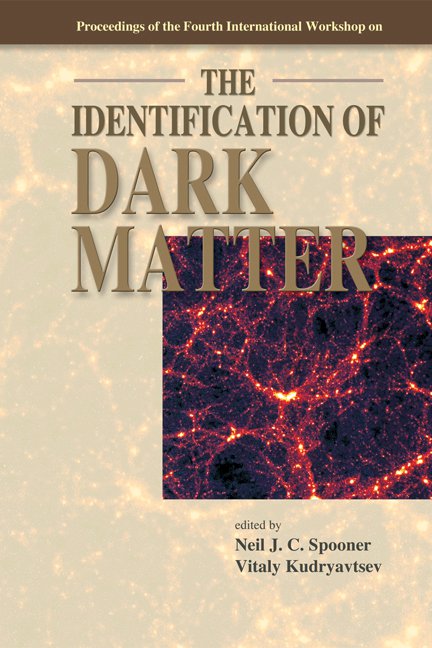AXIONS AND THEIR DISTRIBUTION IN GALACTIC HALOS
Axion physics is briefly reviewed. Constraints from laboratory searches, astrophysics and cosmology require the axion mass to be in the range 10−6 ≲ ma < 3 · 10−3eV. Near the lower end of this range, axions are all or a major component of the cold dark matter of the universe. The late infall of axions, and of any other cold dark matter particles, onto our galaxy produces streams and caustics in its halo. The outer caustics are topological spheres whereas the inner caustics are rings. The self-similar model of galactic halo formation predicts that the caustic ring radii an obey the approximate law an ~ 1/n. Evidence for this law has been found in a statistical study of 32 extended and well-measured external galactic rotation curves, and in the existence and distribution of sharp rises in the Milky Way rotation curve. Moreover, a triangular feature in the IRAS map of the Galactic plane is consistent with the imprint of a ring caustic upon the baryonic matter. Its position coincides with a rise in the rotation curve, the one nearest to us. These observations imply that the dark matter in our neighborhood is dominated by a single flow. Estimates of that flow's density and velocity vector are given.



